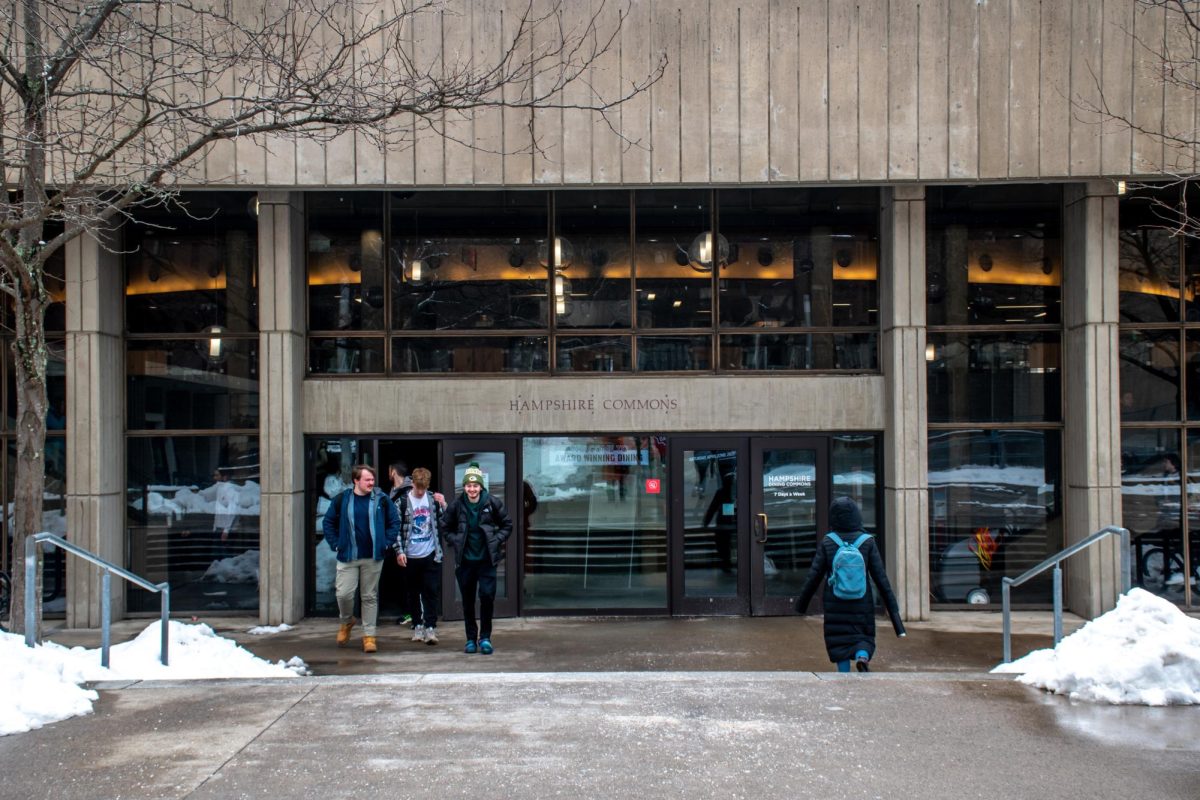Just before April showers began, University of Massachusetts professor David Boutt released a study predicting that a rise in water tables due to a trend of increased precipitation could result in more flooding in the New England region.
According to Boutt, in the past 70 years New England has seen a steady increase in precipitation leading to a rise in the water table, which is where water is stored in the soil. Its rising indicated that the top of the water table is moving closer to the surface. When this happens, flooding occurs as the ground cannot absorb any more water.
“Areas that are flood-prone – such as low lying area near streams and the areas that fringe them – are going to be affected,” said Boutt. “Flooding is all about probability. Let’s say someone’s basement floods once every 50 years … Well now with the higher water tables, it might flood every 25 years.”
Boutt also noticed that unlike in previous years, New England is starting to receive more precipitation in the winter. This has also contributed to a rise in water tables as the water is absorbed directly into the ground rather than evaporating or being used by plants.
“If we get more of our annual water in the winter then we can’t store as much of that water in reservoirs such as the Quabbin,” said Boutt. “This will mean higher stream flows.”
However, Boutt does not believe that more water is inherently a bad thing.
“I think the increase in water is good for water managers and water suppliers,” said Boutt. “New England is a pretty wet part of the country but there are areas with water shortages so it is possible that more water could be useful for human consumption.”
Boutt also suggests that the additional water could be contained by engineering solution such as modifying culverts, which are basins designed to store water.
Boutt came to these conclusions after studying instrumental data dating back to the 1940s from Climate Response Network, National Oceanic and Atmospheric Administration’s National Climatic Data Center and the U.S. Historical Climatology Network. Kaitlyn Weider, a former UMass graduate who now works at HRP associates, processed the data so that is could be used in a meaningful way.
“I was putting in 70 hours or more of computer time a week,” Weider said who looked at data for almost 100 wells, 43 temperature sites and 75 precipitation sites scattered throughout New England.
The project only used public data. However, unlike in the Midwest where drought has been a problem, very little has been done scientifically with the data, according to Weider.
“There was a whole lot of data that no one was really doing anything with,” said Weider. “It’s an area that is really lacking in research so there is the potential to unlock some interesting theories.”
Katie Landeck can be reached at [email protected].






